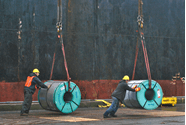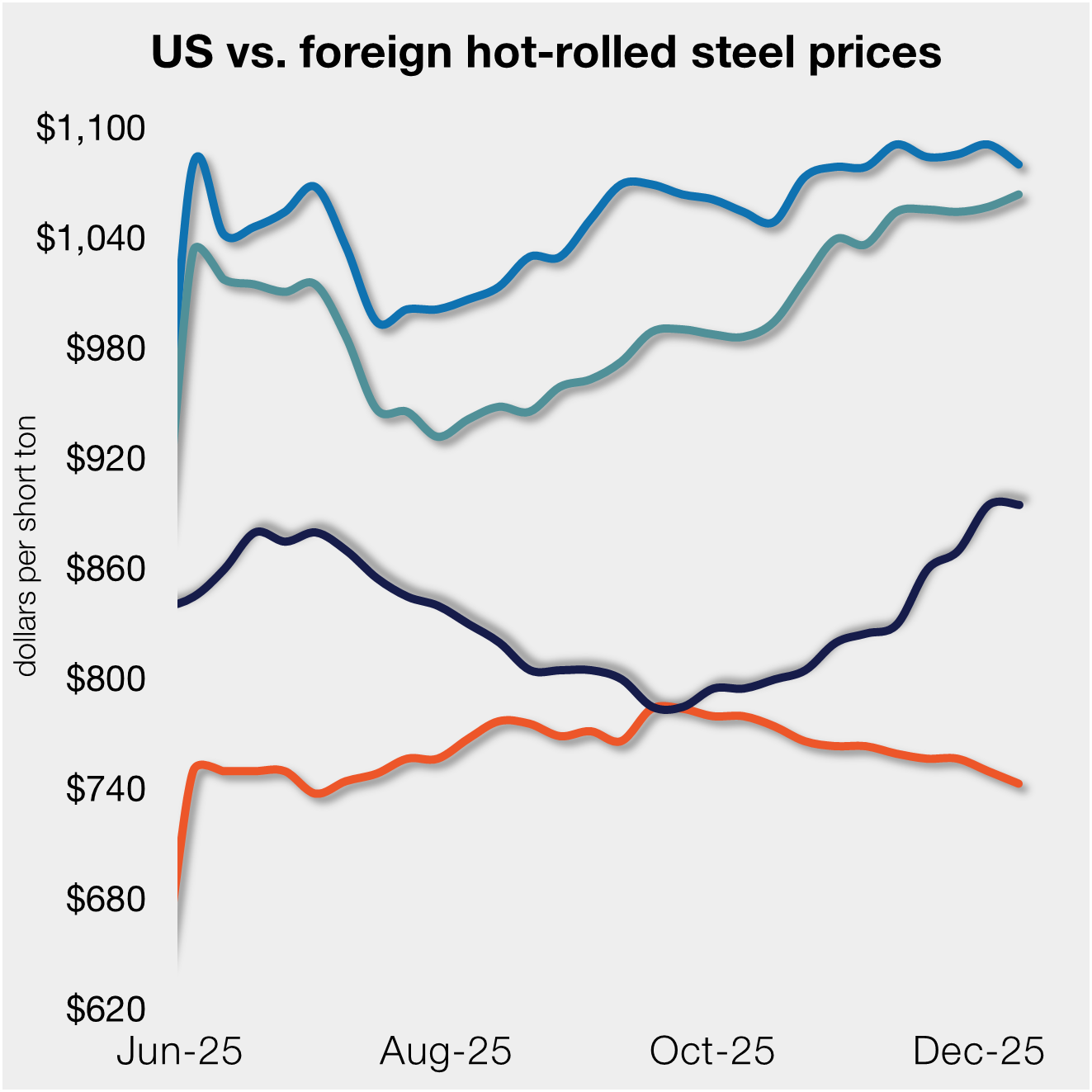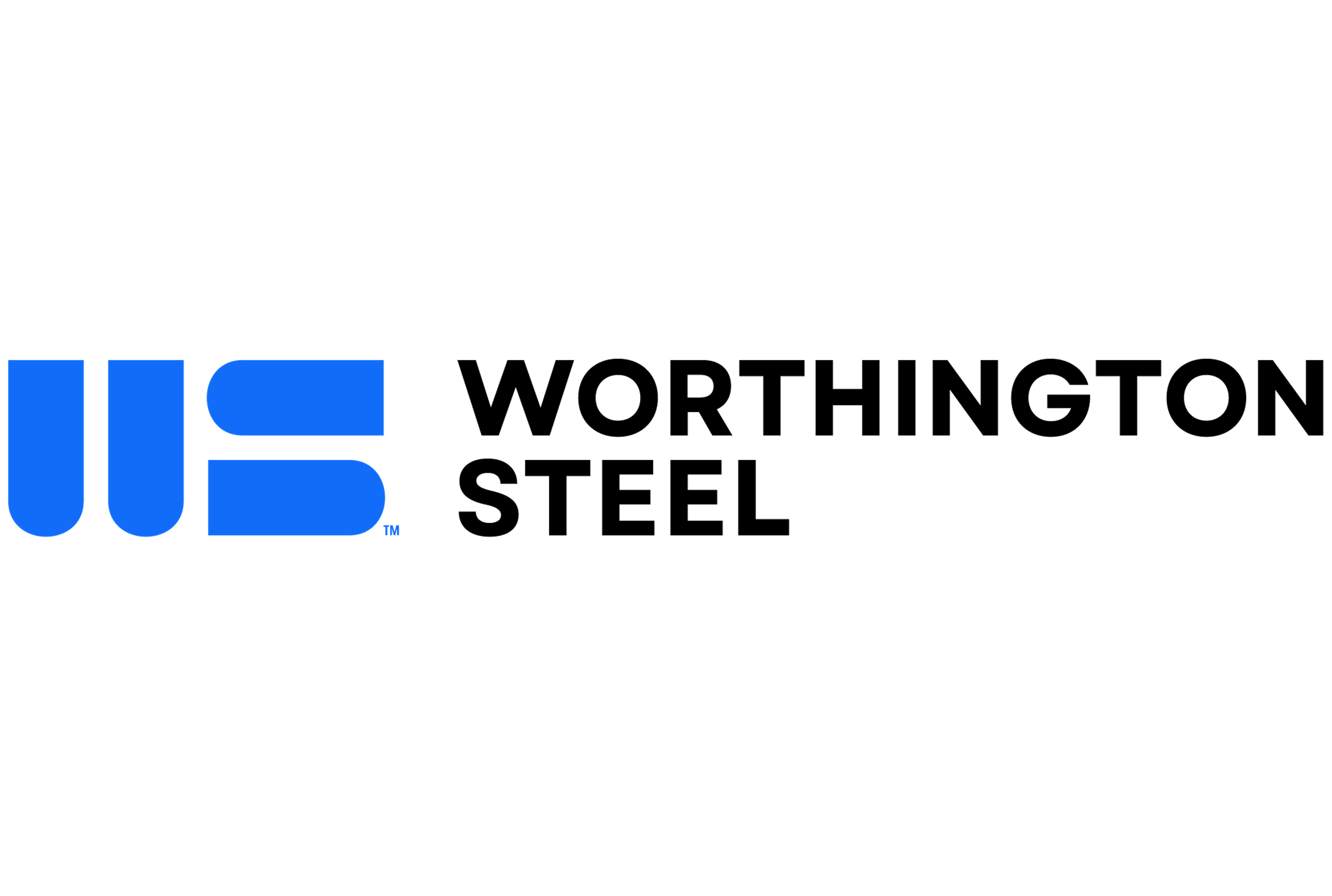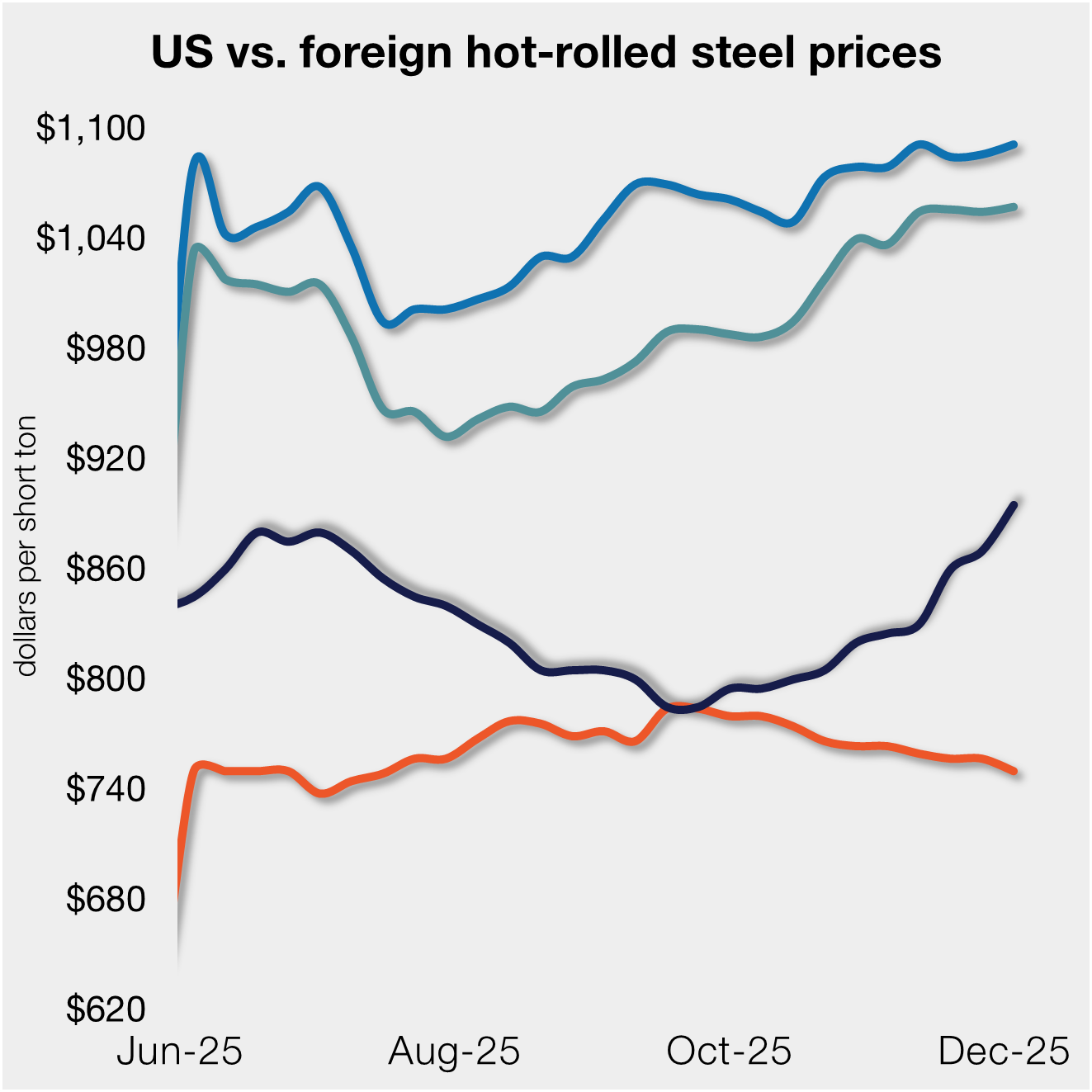Overseas

July 9, 2020
Update on Foreign vs. Domestic Hot Rolled Steel Prices
Written by Brett Linton
This week’s SMU comparison of foreign and domestic hot rolled prices shows that U.S prices continue gain a greater advantage over foreign imports, according to SMU and CRU indices. After shrinking in May, the price gap between domestic HRC compared to German, Italian, and East/Southeast Asian imports has widened over the last month.
The following calculation is used by Steel Market Update to identify the theoretical spread between foreign hot rolled steel prices (delivered to U.S. ports) and domestic hot rolled coil prices (FOB domestic mills). This is only a “theoretical” calculation as freight costs, trader margin and other costs can fluctuate, ultimately influencing the true market spread. We are comparing the SMU U.S. hot rolled weekly index to CRU hot rolled weekly indices for Germany, Italy and the Far East (East and Southeast Asian port).
![]() SMU includes a 25 percent import tariff effective on foreign prices after March 23, 2018. We then add $90 per ton to the foreign prices in consideration of freight costs, handling, trader margin, etc., to provide an approximate “CIF U.S. ports price” that can be compared against the SMU U.S. hot rolled price. Note that we do not include any antidumping (AD) or countervailing duties (CVD) in this analysis.
SMU includes a 25 percent import tariff effective on foreign prices after March 23, 2018. We then add $90 per ton to the foreign prices in consideration of freight costs, handling, trader margin, etc., to provide an approximate “CIF U.S. ports price” that can be compared against the SMU U.S. hot rolled price. Note that we do not include any antidumping (AD) or countervailing duties (CVD) in this analysis.
German HRC
As of Wednesday, July 8, the CRU German HRC price was $421 per net ton, up $3 over the previous week and up $2 from two weeks prior. Adding tariffs and import costs, that puts the German price at $616 per ton delivered to the U.S. The latest SMU hot rolled price average is $475 per ton, down $5 over last week and down $15 over two weeks prior. Therefore, domestically sourced HRC is theoretically $141 per ton cheaper than imported German HRC; the spread was $133 last week and $124 two weeks ago. U.S. prices have held this price advantage for over a year and a half.
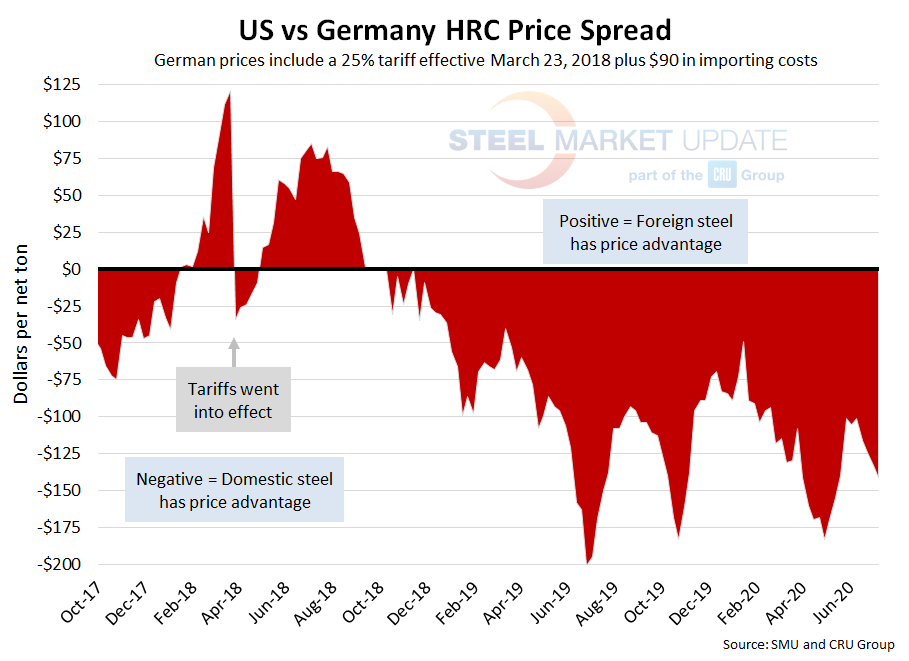
Italian HRC
CRU published Italian HRC prices at $391 per net ton, up $5 from last week and up $6 over two weeks ago. After adding tariffs and import costs, the delivered price of Italian HRC is approximately $579 per ton. Accordingly, domestic HRC is theoretically $104 per ton cheaper than imported Italian HRC; the spread was $93 the previous week and $81 two weeks prior. U.S. prices have held this price advantage for over one year.
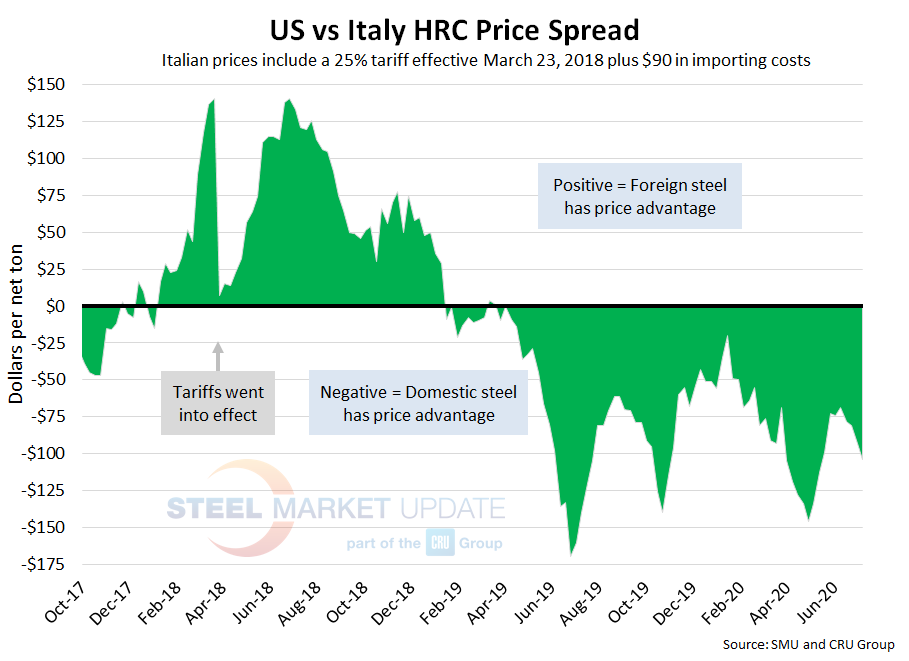
Far East Asian HRC
The CRU Far East Asian HRC price fell $6 per ton over last week to $395 per net ton, $9 lower than the price two weeks ago. Adding tariffs and import costs, the delivered price of Far East Asian HRC to the U.S. is $584 per ton. Therefore, U.S.-produced HRC is theoretically $109 per ton cheaper than imported Far East Asian HRC; the spread was $111 last week and $105 two weeks ago. Domestic prices have held this price advantage for nearly a year and a half.
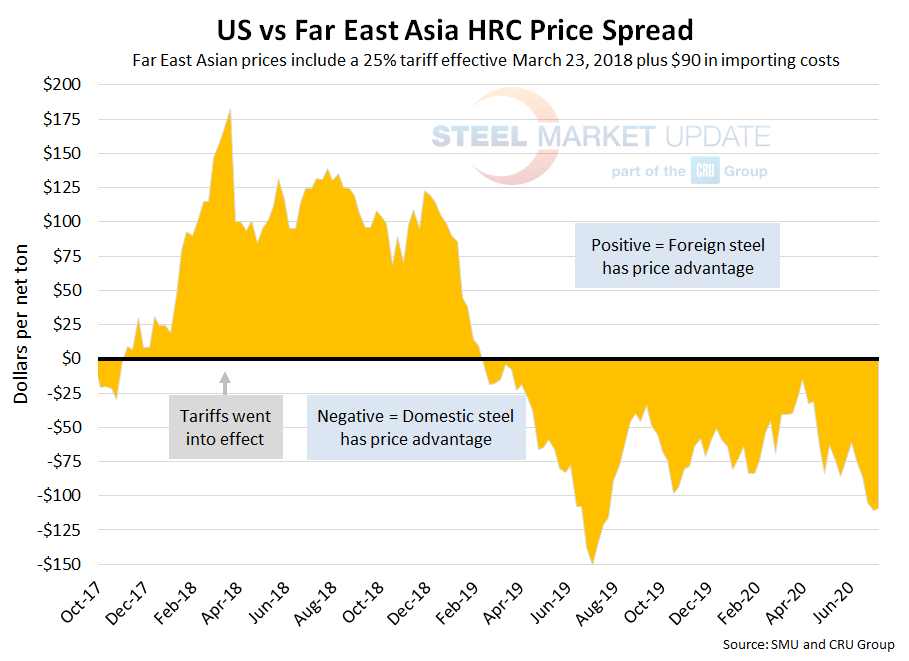
The graph below compares all four price indices and highlights the effective date of the tariffs. Foreign prices are referred to as “equalized,” meaning they have been adjusted to include tariffs and importing costs for a like-for-like comparison against the U.S. price.
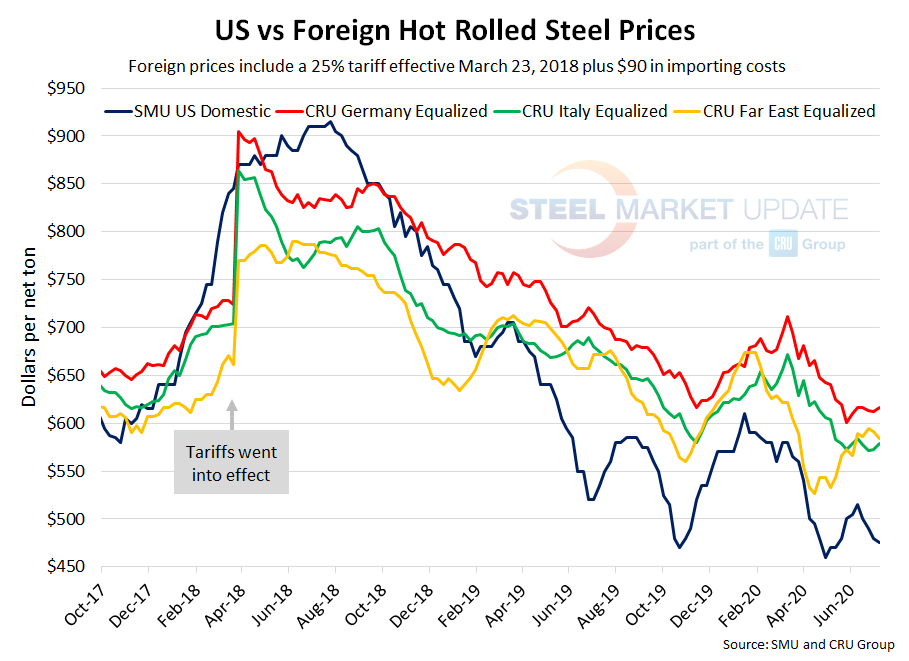
Note: Freight is an important part of the final determination on whether to import foreign steel or buy from a domestic mill supplier. Domestic prices are referenced as FOB the producing mill, while foreign prices are FOB the Port (Houston, NOLA, Savannah, Los Angeles, Camden, etc.). Inland freight, from either a domestic mill or from the port, can dramatically impact the competitiveness of both domestic and foreign steel. When considering lead times, a buyer must take into consideration the momentum of pricing both domestically and in the world markets. In most circumstances (but not all), domestic steel will deliver faster than foreign steel ordered on the same day.



